Many NFT art collections nose-dived
in this year’s crypto crash, but a well-stocked library will never lose its
value.
Museums, galleries, and art institutions
have not yet lost faith in high-quality print publications in this screened-out
century, and even as venues for cultural debate keep shrinking — pour one for
Book forum, the lively art-adjacent book review that shuttered this month — art
publishing remains in fine fettle, with more titles every year than even the
most committed bibliomaniac could peruse.
اضافة اعلان
Here is a list from New York Times book
critics chronicling their top art books for 2022: splashy or studious, affordable
or investment-grade, all of them worthy of a space on your shelves.
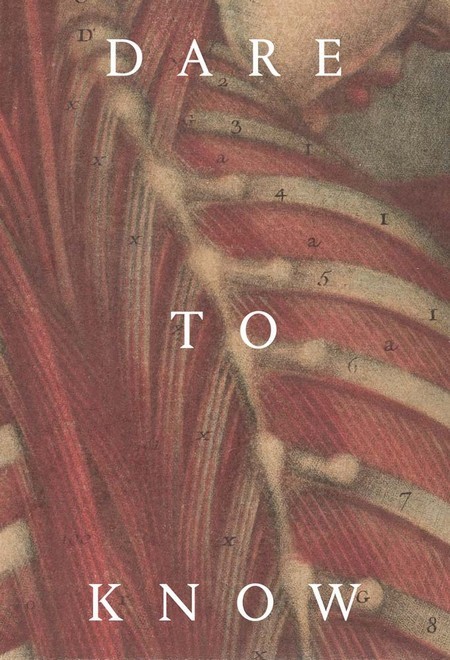 ‘Dare to Know: Prints and Drawings in
the Age of Enlightenment’
‘Dare to Know: Prints and Drawings in
the Age of Enlightenment’It was the “stay woke” of its day: Sapere
aude, or “dare to know,” a Latin motto that Immanuel Kant raised to a moral
command. This dense and handsome overview of 18th-century European graphic arts
takes the form of a dictionary whose 26 chapters, from Antiquities to Zealotry,
cast a sharp new glare on the Enlightenment’s transformations in science,
economics, religion, and liberty. Anatomical studies face off with satires of
quack doctors, watercolors of erupting volcanoes with cross-sections of slave
ships; and if Enlightenment reason is found somewhat wanting, its philosophers
also furnish us tools for its own critique. (Harvard Art Museums/Yale
University Press)
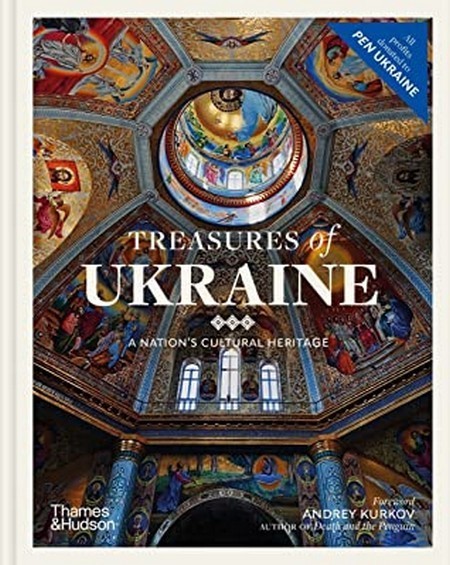 ‘Treasures of Ukraine: A Nation’s
Cultural Heritage’
‘Treasures of Ukraine: A Nation’s
Cultural Heritage’This urgent new title introduces us to more
than 100 buildings and art objects, from prehistory to the Baroque era to the
bomb-shelter present, in the nation some now see as the heart of Europe. With
chapters on Orthodox icons and Catholic cathedrals, Soviet avant-gardism, and
nationalist folk crafts, this book illustrates a culture whose very diversity
now puts it in danger — and indeed some works pictured, such as stone statues
near Kharkiv dating from the ninth to 13th century, have already been
destroyed. The Ukraine war is a culture war, and these are the stakes. All
proceeds from the book’s sale are being donated to PEN Ukraine. (Thames &
Hudson)
‘In the Name of the Image: Figurative
Representation in Islamic and Christian Cultures’So much of this century’s fanaticism and
insularity has rested on a stubborn error about art and religion: Christians
like pictures, Muslims do not. The far richer truth is that the world’s two
largest religions both have long histories of creating images and destroying
them — as detailed in this learned book. Looking at Byzantine coins, Persian
miniatures, and images of Jesus and Muhammad both preserved and scratched out, Axel
Langer and a dozen other scholars dissolve the clean Occident-Orient opposition
inherited from the 19th century and reveal how icon ophilia and iconophobia go
hand in hand. (Hatje Cantz)
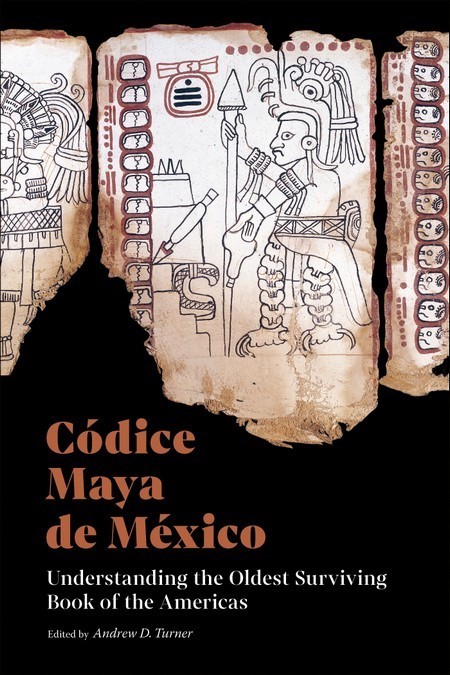 ‘Códice Maya de México: Understanding
the Oldest Surviving Book of the Americas’
‘Códice Maya de México: Understanding
the Oldest Surviving Book of the Americas’The Isabella Stewart Gardner publication
reads like an adventure story, and so does another study of a single work, this
one from the Getty Center in Los Angeles and edited by Andrew D. Turner. The
Códice Maya de México, an illustrated book in the form of a paper scroll
painted by an unknown Mayan artist around 1100AD, remains mysterious in its
precise meanings, celestial and earthly. Historians writing in the Getty
catalog offer fascinating theories on both. And thanks to a foldout insert, we
get to peruse the Codex itself, which is as visually inventive as any graphic
novel you will ever see. (Getty Publications)
‘Art in the After-Culture: Capitalist
Crisis & Cultural Strategy’When future historians seek perspectives on
our era of billion-dollar auctions, carbon-footprint art fairs, and
market-driven diversity, this collection of essays by American critic Ben Davis
is a text they will consult. An alert data hoarder, a shrewd analyst, and a
propulsive stylist, Davis views the hot-air balloon called the art world in a
broad political context. He writes with the coolness of a sociologist, the
passion of someone with a horse in the race, and the smarts to avoid both
cheerleading and snootiness. (Haymarket Books)
‘Beautiful, Gruesome and True: Artists
at Work in the Face of War’While Ben Davis’ book restricts his beat
primarily to the US, Kaelen Wilson-Goldie’s trim, tough book takes a global
view of current art by focusing on politically minded artists living elsewhere:
Amar Kanwar in India, Teresa Margolles in Mexico, and a collective called
Abounaddara in Syria. They are among the most persistently daring artists we
have, and Wilson-Goldie tells us why. (Columbia Global Reports)
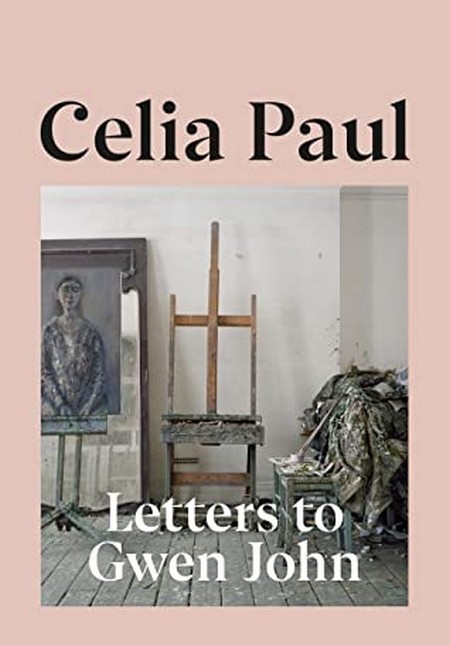 ‘Letters to Gwen John’
‘Letters to Gwen John’This marvel of interwoven narratives hinges
on imaginary letters written by a living painter, Celia Paul (born 1959), to an
admired deceased one, Welsh painter Gwen John (1876-1939). Their common ground
includes reticent, largely figure-painting styles; formative but damaging
relationships with difficult older artists (Auguste Rodin and Lucian Freud,
respectively); and the embrace of solitude as essential to art-making, in part
because of the domination of male artists. Paul reaches out to John to examine
her own life, art, relationships, and her work habits, creating a portrait
within a self-portrait, flanked by memorable sketches of their feckless lovers.
(New York Review Books)
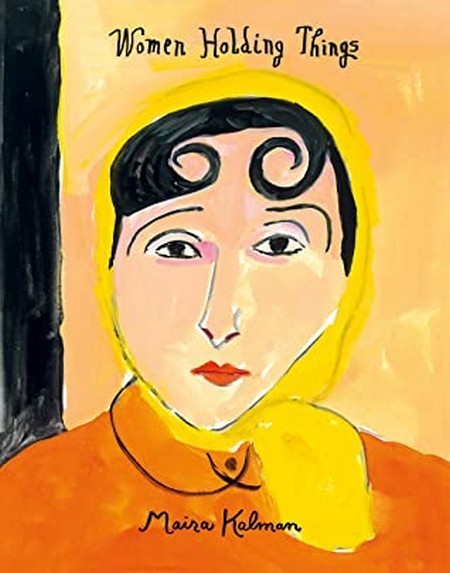 ‘Women Holding Things’
‘Women Holding Things’Over the years, Maira Kalman has used her
talent for writing and painting in different ways, most often in illustrated
books. But rarely has she combined them with such complex resonances as in her
latest, “Women Holding Things”. The book’s 85 images — many of them based on appropriated
material — constitute a large exhibition; they continue Kalman’s droll
evocations of the School of Paris heated up with intensely contemporary reds,
magentas, and olive greens. With them and their various captions and texts, she
pays homage to the people known for holding things together, and includes a few
men as well. Depicting relatives, cultural heroes, and invented women, Kalman’s
images encompass both everyday pleasures and incomprehensible loss, always
affirming art’s sustaining grace. (Harper Design, distributed by HarperCollins
Publishers)
Read more Books
Jordan News







